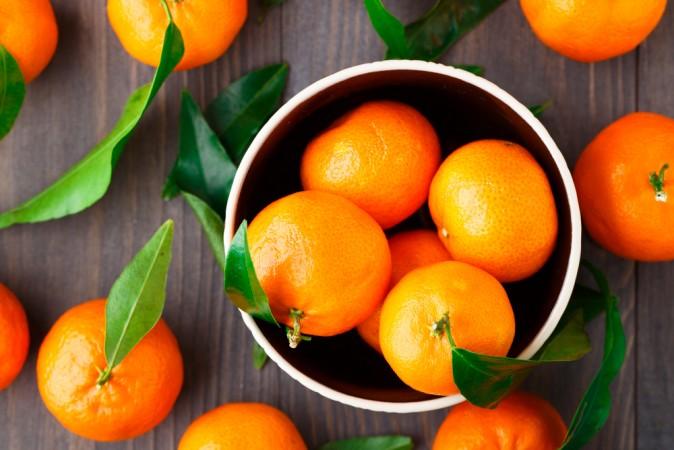Although mushrooms get good press as a low-calorie, high-fiber, low-cholesterol, low-sodium decoration for your pizza, there is much more to the mushroom story than that.
Mushrooms have been valued for their culinary and medicinal properties for thousands of years, and the Egyptians reserved them by law for the pharaoh. Hieroglyphics dating back 4,600 years depict their royal ancestry as well as their association with immortality.
In ancient times, mushrooms were not cultivated but grew wild and always carried the risk that the wrong (that is, poisonous) variety had been gathered intentionally or unintentionally, as the Roman Emperor Claudius found when his mushroom dinner became his last meal.
Ancient Asian civilizations believed that mushrooms, especially the shiitake and maitake varieties, support health generally and the immune system in particular. Today there is a wealth of scientific research attesting to the health benefits of mushrooms.
Selenium-Rich Mushrooms
Often lumped together with vegetables, mushrooms are actually a type of fungus with no roots, leaves, or seeds. Despite their lack of the vibrant colors that we have been trained to associate with antioxidants, mushrooms are actually a good source of selenium, which is necessary for the functioning of the entire antioxidant system.
Selenium is also the chemical element that the body needs to efficiently use oxygen, detoxify the body, promote heart health, and maintain healthy skin.
Crimini mushrooms, the brown mushrooms that are sometimes called “baby bellas,” provide over 52 percent of the daily recommended value of selenium. They also provide almost 30 percent of the daily value of niacin (vitamin B3), which forms enzymes needed to convert sugars into energy. Niacin is also helpful in lowering cholesterol and preventing osteoarthritis.






